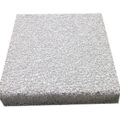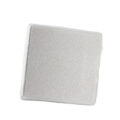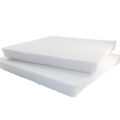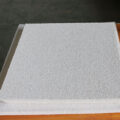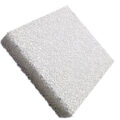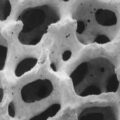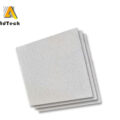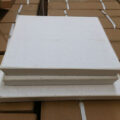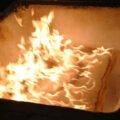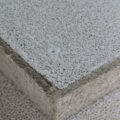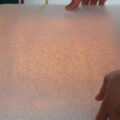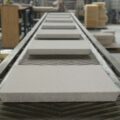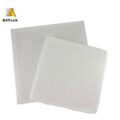The porous ceramic filter medium has a primary porous structure imparted by the foam macrostructure, which is the exoskeleton of the polyurethane precursor, and is replicated by coating with slurry, followed by drying and firing. The primary pore size is usually 3 holes per linear inch (ppi) to 100 ppi, more preferably 20 ppi to 70 ppi.
During the sintering process, dispersed microporous pores are formed in the boron glass binder phase. Since the pores tend to weaken the expansion of any thermal shock cracks that may occur, the dispersed microporous structure further improves the thermal shock resistance. The overall thermal expansion coefficient is significantly lower than that of the phosphate-bonded alumina filter media. The pore size of the microporous pores is about 0.1 to 10 microns, more preferably 0.5 to 5 microns.
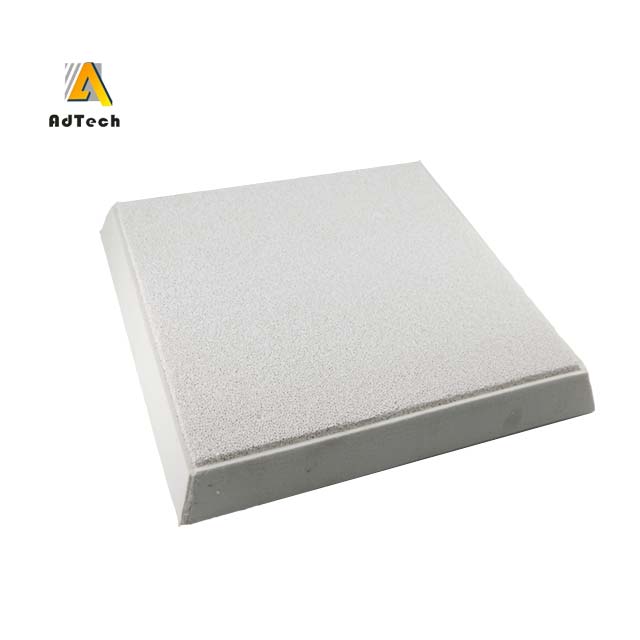
Kyanite is a high-pressure polymorph of island silicate aluminosilicate, which includes kyanite, sillimanite and andalusite. These three high-aluminum minerals or aluminum-rich minerals have similar chemical composition Al2Si05, but they have different crystal structures.
The porous ceramic filter medium is made by impregnating the pore ribs of the flexible open-cell foam precursor with an aqueous slurry. The material is then dried and fired to obtain the final porous ceramic product.
The precursor may be any type of material having sufficient elasticity to recover its original shape after compression. For this, polyurethane foam is usually used.
Ceramic slurry is prepared by mixing the required ingredients together to form an aqueous suspension of particles. The slurry preferably has rheological properties such that the slurry easily flows when stress is applied (for example, when the slurry is immersed in the polyurethane foam), but the slurry does not flow when the stress is removed. This slurry has inherently high yield stress and thixotropy.
As for the material for preparing the ceramic foam filter plate, the initial component preferably has a high content of kyanite crystal grains with a size of 325 mesh. The nominal particle size of this material is usually below 44 microns. However, it is also acceptable to use kyanite grains that are coarser or finer than 44 microns in size. Generally available crystal grains have a size of 270 mesh, and the nominal size is usually less than 53 microns.
Kyanite powder is a widely available raw material widely used in a variety of ceramic products. Kyanite powder is a product that has been mined, cleaned and calcined. It contains about 95% kyanite mineral, 3% quartz and 2% other substances or impurities. The usual composition of the powder used is: about 58% alumina, 40% silica, 1% titania, and the rest as impurities.

